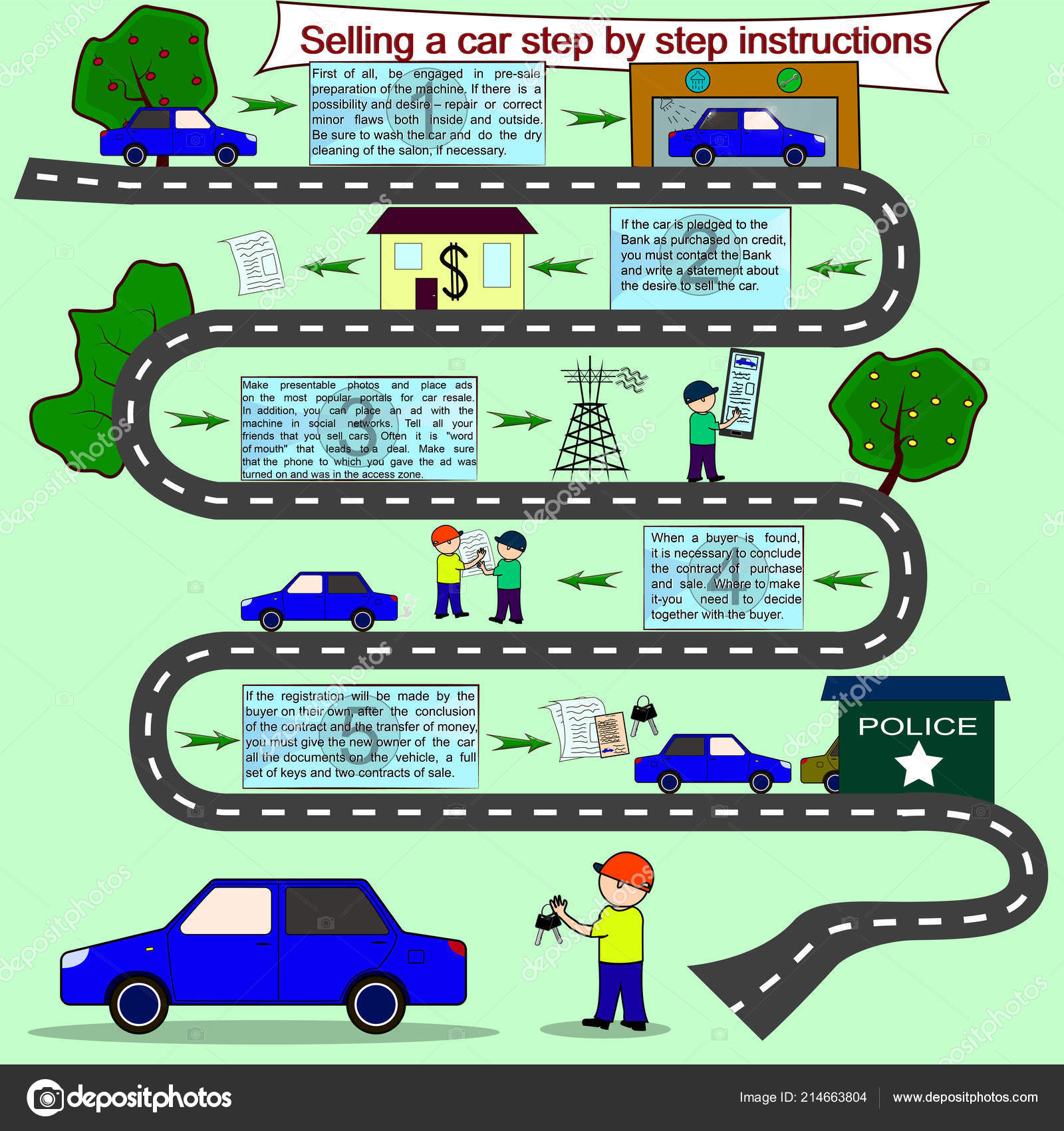Assessing Your Cars And Truck'S Warning Indicators: What They Really Convey
Assessing Your Cars And Truck'S Warning Indicators: What They Really Convey
Blog Article
Web Content Author-Vinson Corbett
When you lag the wheel, those radiant warning lights on your dashboard can be a little bit perplexing. Do you understand what they're trying to tell you about your vehicle's health? Recognizing the significance of these lights is crucial for your security and the durability of your vehicle. So, the following time among those lights pops up, would not you intend to decipher its message properly and take the essential actions to address it?
Common Warning Lights and Interpretations
Recognize typical caution lights in your automobile and understand their significances to make sure risk-free driving.
The most normal warning lights include the check engine light, which signals concerns with the engine or discharges system. If this light begins, it's important to have your automobile inspected promptly.
The oil pressure alerting light indicates reduced oil pressure, needing immediate focus to prevent engine damages.
mobile detailing cars near me blinking battery light could recommend a malfunctioning billing system, possibly leaving you stranded if not addressed.
The tire stress tracking system (TPMS) light signals you to low tire pressure, impacting automobile security and fuel efficiency. Disregarding this could cause risky driving problems.
The abdominal light indicates a problem with the anti-lock braking system, compromising your ability to stop rapidly in emergency situations.
Lastly, the coolant temperature cautioning light warns of engine overheating, which can cause extreme damages otherwise settled swiftly.
Recognizing these usual warning lights will assist you resolve problems immediately and keep risk-free driving conditions.
Importance of Prompt Attention
Understanding the common warning lights in your cars and truck is only the first step; the relevance of quickly resolving these warnings can't be stressed enough to ensure your security on the road.
When a warning light brightens on your control panel, it's your auto's method of communicating a potential issue that requires focus. Ignoring these cautions can bring about more severe troubles down the road, jeopardizing your safety and security and possibly costing you extra out of commission.
Trigger focus to advising lights can stop failures and accidents. For example, a flashing check engine light might indicate a misfire that, if left neglected, can trigger damages to the catalytic converter. Addressing this quickly can save you from an expensive fixing.
In a similar way, a brake system cautioning light may signal low brake liquid or worn brake pads, crucial elements for your security when driving.
Do It Yourself Troubleshooting Tips
If you discover a warning light on your dashboard, there are a few do it yourself troubleshooting pointers you can try prior to seeking professional aid.
relevant web site is to consult your auto's manual to comprehend what the certain caution light indicates. Occasionally the issue can be as basic as a loosened gas cap causing the check engine light. Tightening the gas cap may deal with the problem.
One more typical problem is a reduced battery, which can cause numerous cautioning lights. Inspecting the battery connections for rust and ensuring they're secure might deal with the trouble.
If a warning light continues, you can attempt resetting it by detaching the vehicle's battery for a few minutes and afterwards reconnecting it. Furthermore, examining your automobile's liquid degrees, such as oil, coolant, and brake liquid, can assist repair alerting lights associated with these systems.
Final thought
To conclude, comprehending your automobile's warning lights is essential for keeping your automobile running efficiently and securely. By without delay resolving these alerts and knowing what they mean, you can stay clear of pricey fixings and potential malfunctions.
Keep in mind to consult your automobile's manual for certain details on each alerting light and act as necessary to ensure a hassle-free driving experience.
Remain notified, stay safe on the road!
